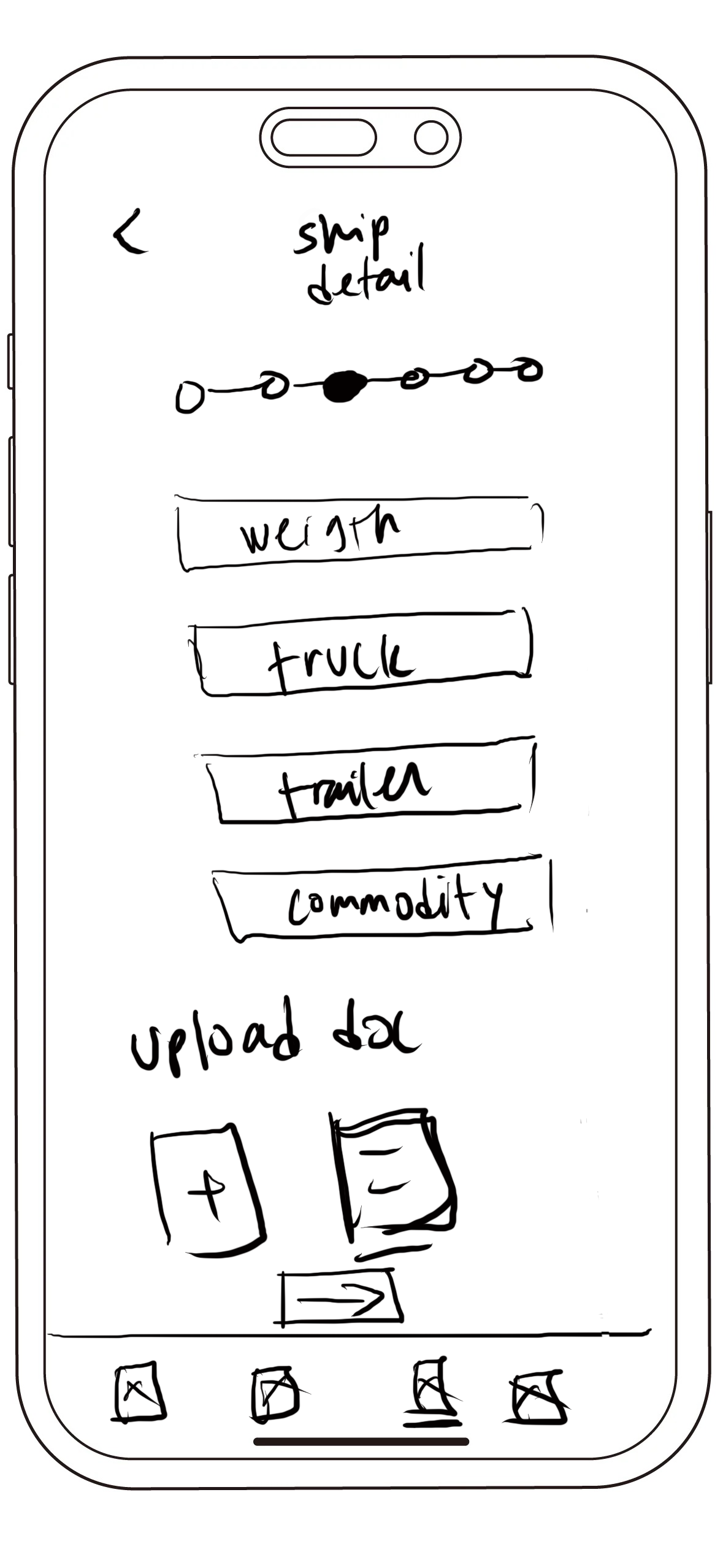Research
Through research, we identified the pain points, needs, and opportunities for improvement for truck drivers and dispatchers. I conducted a field study, user interviews, and a competitive analysis.
I spent a week at a carrier's office, actively observing and engaging with the staff. This included drivers and dispatchers from various companies. My goal was to understand their processes, identify any roadblocks, and uncover the challenges they face daily. This immersive experience was crucial for building empathy and defining clear problems that needed solutions
Analysis
With the research data, I began formulating a solution to the complexities surrounding the trucking industry by asking myself: How might we simplify the trucking industry?
Direct observation at the carrier's office revealed practical day-to-day challenges faced by small carriers, such as load management complexities, equipment tracking, and extensive paperwork. In addition, I learned about the challenges of finding loads and the importance of building relationships with shippers.
User Personas
Linda co-owns Harrison Trucking with her husband, Paul. She has been managing the administrative side of the business for over 15 years, handling bookings, logistics, and paperwork. Her experience has made her adept at using various transportation management systems (TMS) and digital freight brokerage platforms.

Paul has been a truck driver for over 30 years and has an impressive safety record with millions of miles driven. As a co-owner of Harrison Trucking, he's proud of the reliable service they provide. Paul values his time with family and insists on being home every night, which is why he specializes in local shipments.

John is a new driver at Harrison Trucking, eager to log miles and earn a substantial income. He is open to both local and long-haul OTR driving.

TJ is a young entrepreneur who has started his own trucking business, aiming to scale it significantly through strategic use of technology.

Competitive Analysis
I analyzed the strengths and weaknesses of the most popular products offering a similar service. This helped me understand the market and identify opportunities for improvement.

Regulations Flow Diagram
The regulations are complex and vary by state, province, and country. I focused on the most common regulations in the United States and Canada given the current context of the project.

Design & Ideation
With lots of data to work with, I started by constructing the sitemap and user flows. I then had a clearer picture as to how the product should function and began sketching the UI.
Sitemap
Before starting the UI, I made a sitemap that helps guide the information flow.

Sketches



Wireframes
Interactive Prototype
Below is the current prototype.
Learnings
This project is massive. I've successfully designed the TMS product, but it can use further refinement, testing, and review. Next step is to design the digital brokerage and build the entire product.
Small carriers are the backbone of the trucking industry. They are responsible for moving 70% of the freight in North America. However, they are often overlooked by technology companies and are forced to use tools that are not tailored to their needs. The lack of transparency makes it difficult for small carriers to compete with larger carriers.